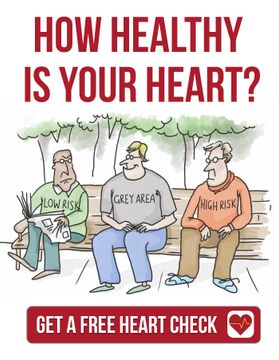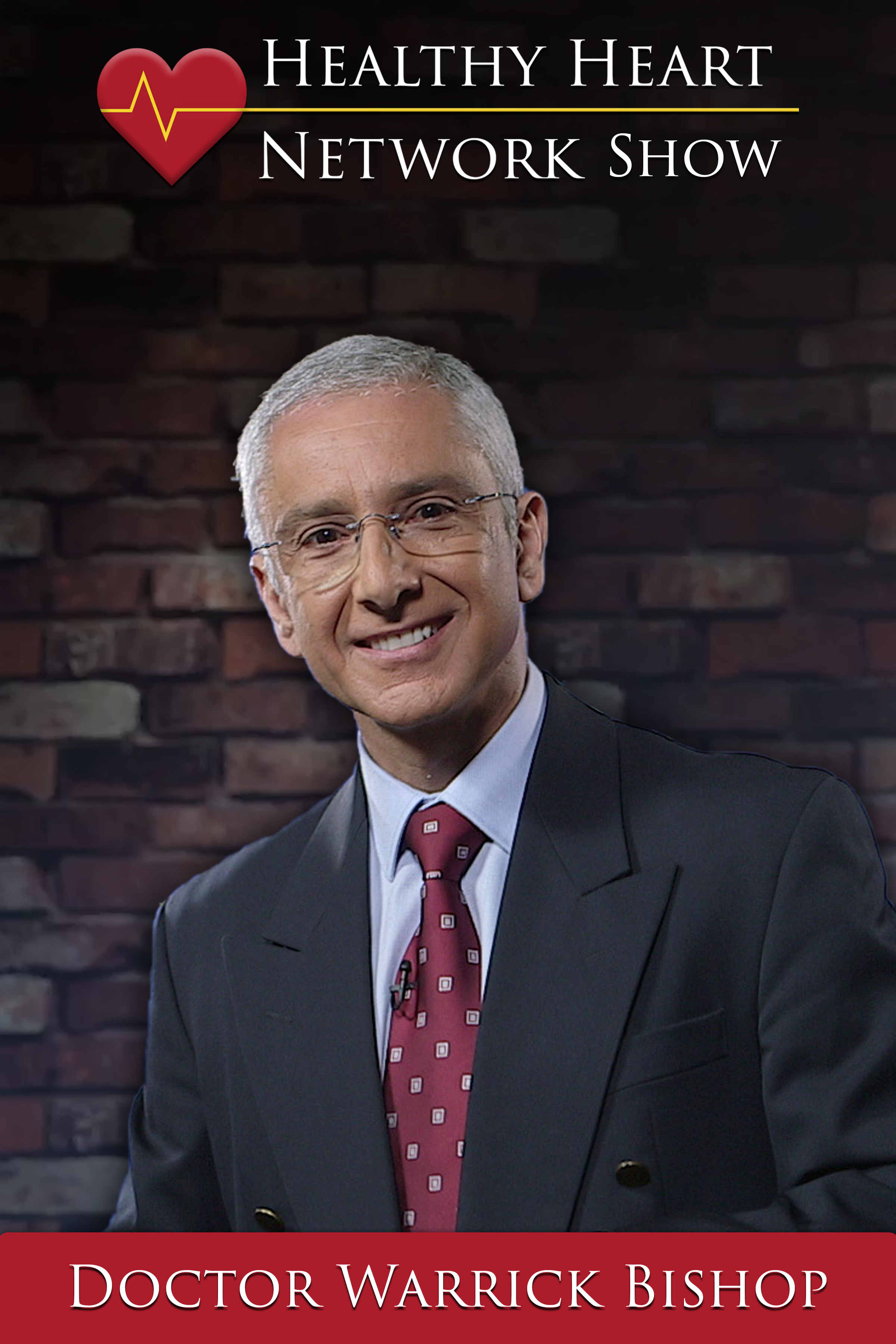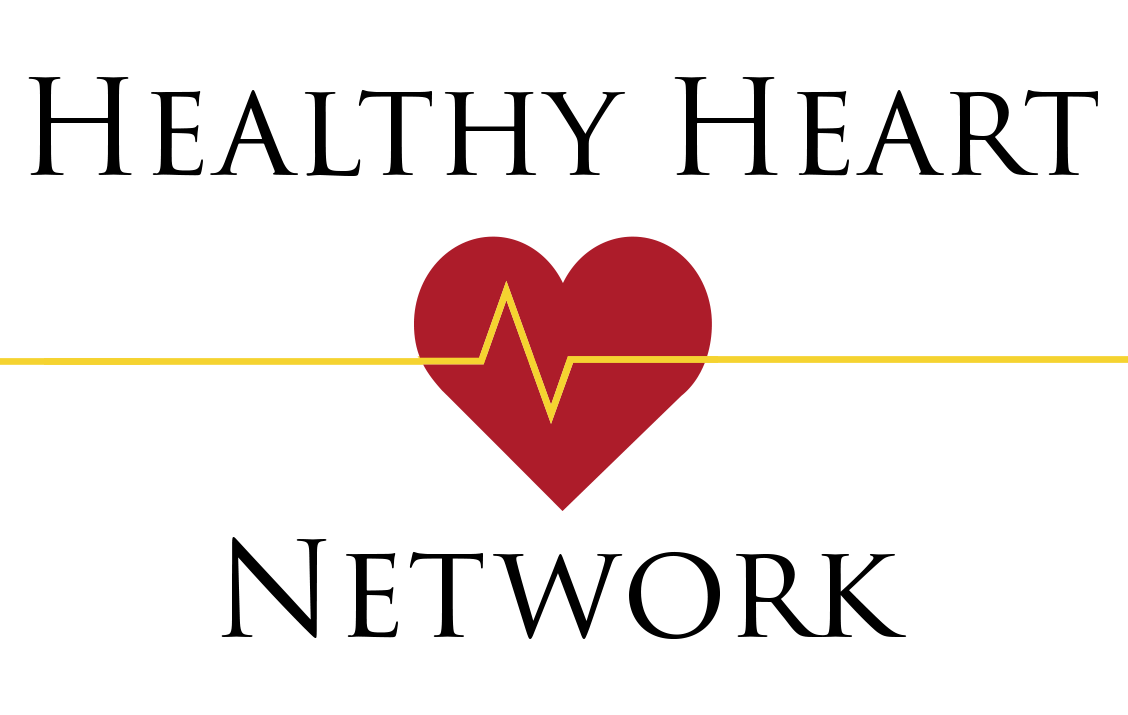In my practice as a cardiologist, many of my patients are unaware that not all types of exercise are created equal. It turns out that some exercises are better than others, so whether you’ve already been diagnosed with a heart condition, or you’re simply interested in preventative heart health, here is a brief guide to exercising for heart health:
Best
Interval training: This is the golden standard of exercises when it comes to preventing heart disease. The strategy combines short intervals of high-intensity exercise, with slightly longer periods of lower intensity exercise. For instance, if you're a runner, you might alternate 5 minutes of a more comfortable speed with 2 minutes at a faster speed. This method of continually increasing your heart rate has the impact of improving vascular function, and it also has the peripheral benefit of burning body fat.
Total-body sport: The more muscles involved during exercise, the harder the heart needs to work to fuel these muscles to support the work-out.
Weight training: In effect, weight training is a form of interval training. The heart rate is increased during reps, and it recovers between sets. Strong muscles serve to reduce the overall burden on the heart, so it’s an ideal exercise to build heart health.
Yoga: Yoga is a fantastic exercise for heart health, because it promotes a calming effect that has been shown to lower blood pressure. Regular yoga has also been shown to cause the blood vessels to become more elastic, which in turn, promotes heart health.
Incidental exercise: People who are routinely more active throughout the entire day, such as people who do physical labour for work, or people who routinely walk instead of driving, tend to burn more calories and are generally healthier than people who merely exercise for up to 60 minutes per day and then remain sedentary at a desk for the rest of the day. One way to increase your daily exercise is to purchase a pedometer, which allows you to measure how active you are outside of your usual exercise time.
Ways to increase incidental exercise include disembarking public transport a stop or two before your usual stop, walking to the shops rather than driving, and taking the stairs instead of the elevator.
Worst
Any type of vigorous exercise you haven't trained for: The very worst exercise you can do is the sort of physical exercise that you have not trained for. For instance, if you decide to enter yourself into a half marathon after years of being sedentary, then this activity is likely to cause you more harm than good, because the excessive adrenaline that is released from this sudden burst of cardiovascular activity can prompt a heart attack for those who are at risk. In much the same way, exercising without adequately warming-up can also lead to a heart event. For the same reason, never exercise hard without warming up first.
Finally, don’t let me dictate what sort of exercise you choose to engage in.
For instance, while science might suggest that swimming has fantastic cardiovascular benefits, it you don’t enjoy swimming, then it is not something to which you are going to commit longer-term. So, find something that you find fun that you can do consistently.
BW - Dr. Warrick Bishop








